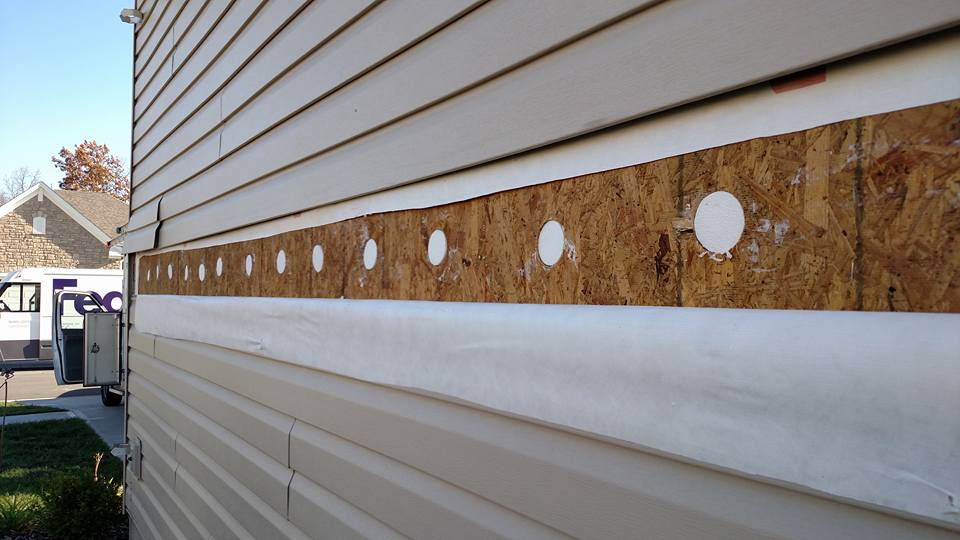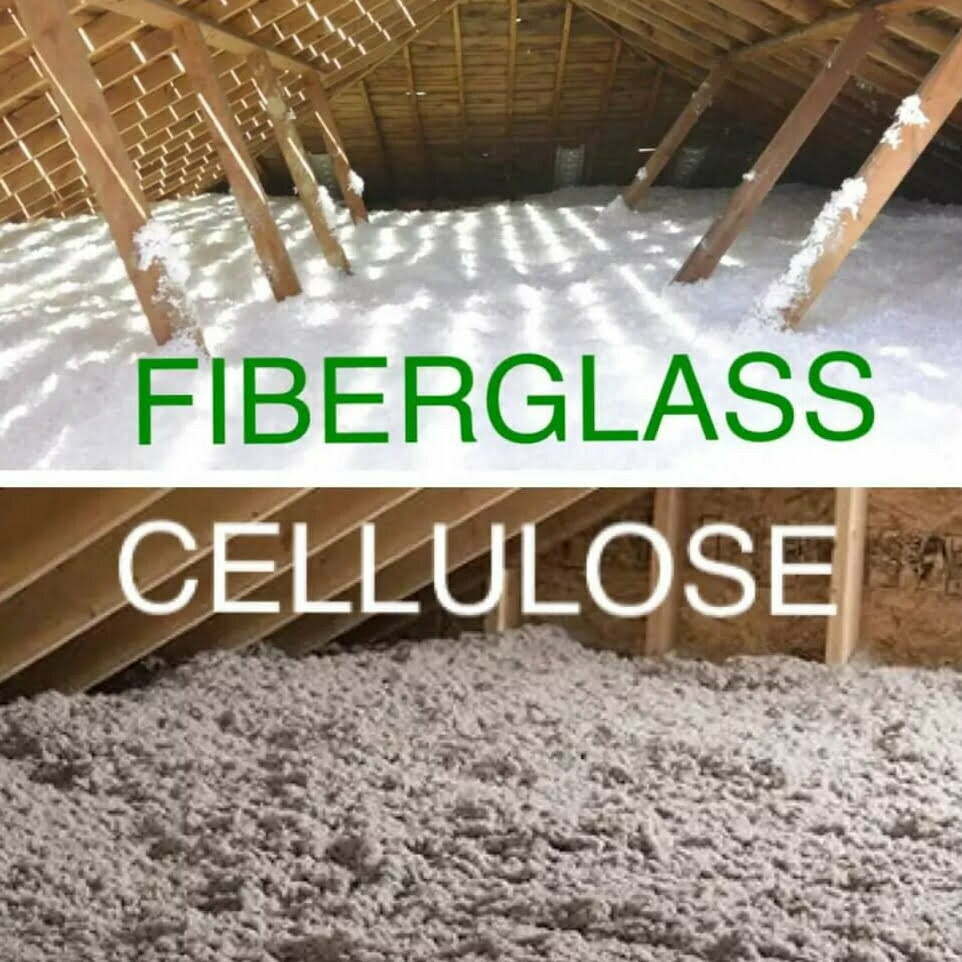In today’s era of rising energy costs and environmental conservation, homeowners and builders alike are constantly in search of superior insulation methods that offer high thermal efficiency, noise reduction, and enhanced structural integrity.
Injection foam insulation has emerged as a viable option for many. However, it is essential to understand this insulation type fully, including its advantages and alternatives, to make informed decisions for your building projects.
Injection Foam Insulation Definition and Function
Injection foam insulation is a type of foam insulation that is pump-driven into spaces, normally within existing walls. This sustainable form of insulation is primarily used in residential, commercial, and other structures to minimize heat loss and improve energy efficiency. It betters comfort, reduces energy bills, and can help address various environmental issues.
Because injection foam insulation can be injected directly into spaces, it’s ideal for existing walls. This insulation has the unique ability to fill and effectively insulate even the most out-of-reach cracks and crevices which traditional insulation cannot.
The primary function is to provide maximum heat insulation by blocking air infiltration, making it a perfect solution for those seeking to retrofit their existing homes with modern insulation materials. Injection foam insulation can help to reduce the workload on your HVAC system and thus cut down on energy consumption.
The Technicalities of the Installation Process
The process of installing injection foam wall insulation involves drilling holes into the existing wall surfaces and injecting the foam with a specially trained installer. If the wall is finished, the foam can also be injected through the finished wall, a specialized technique that requires precision and expertise.
The Advantages of Injection Foam Insulation
If you’re considering injection foam for your space, here are the key benefits.
Superior Energy Efficiency
A noteworthy benefit of injection foam insulation is superior energy efficiency. While its upfront cost and professional installation may seem steep, the superior thermal insulation of this material ensures you get your money back. Injection foam ensures a complete seal that does not allow seepage.
Noise Reduction Capabilities
Apart from serving as a thermal barrier, injection foam insulation also works as an excellent sound-deadening material. Designed to absorb sound, it deadens noise within and outside the home, creating a more quiet and serene environment.
Longevity
Properly installed injection foam insulation can have a long lifespan and does not settle or degrade over time, ensuring its continued effectiveness as an insulating material. This means you never have to worry about replacing your injection foam insulation.
Additional benefits of this insulation include:
- High R-Value: Injection foam insulation provides a high thermal resistance (R-value) per inch, which helps to reduce heat transfer and improve energy efficiency in buildings. This means that it can effectively keep a building warmer in the winter and cooler in the summer.
- Air Sealing: Injection foam insulation completely fills gaps, cracks, and voids in walls, ceilings, and other spaces, creating an effective air barrier. This air-sealing property helps prevent drafts, reduces energy loss, and improves indoor comfort.
- Environmentally Friendly: RetroFoam insulation is free of ozone-depleting substances so Volatile Organic Compounds (VOCs) are not a concern. This makes RetroFoam a more sustainable and eco-friendly building environment.
- Improved Indoor Air Quality: Injection foam insulation’s ability to seal gaps and block air infiltration can help reduce the entry of outdoor pollutants and allergens into the building, thereby enhancing indoor air quality.
Alternatives to Injection Foam Insulation
Considering the injection foam insulation pros and cons, it’s important to understand other insulation options. Insulation types like spray foam and blown-in insulation are also highly effective and suitable for different areas.
Spray Foam Insulation
Spray foam insulation is a two-part component foam that comes as either an open or closed-cell product. During installation, this insulation mixes at the nozzle and sprays out at a high velocity, then expands rapidly to adhere to the surface.
This insulation is ideal for applications like crawl space ceilings and exposed walls. Because this insulation expands quickly, it cannot be used in closed wall cavities. Spray foam is highly effective at providing superior thermal insulation and moisture resistance.
Blown-In Insulation
Blown-in insulation, also known as loose-fill insulation, is a type of thermal insulation material that is installed by “blowing” or “spraying” it into an area to create an insulating barrier. It is commonly used to insulate attics, walls, and other enclosed spaces in residential and commercial buildings. Blown-in insulation is typically made from various materials, including fiberglass, cellulose, or mineral wool.
- Fiberglass Blown-In Insulation: This type of insulation is made from tiny glass fibers and is often pink or white in color. It is known for its excellent resistance to fire and pests. Fiberglass insulation is non-combustible and does not provide a food source for insects or rodents.
- Cellulose Blown-In Insulation: Cellulose insulation is made from recycled paper products, primarily newspaper, treated with fire-retardant chemicals to enhance its fire resistance. It is an eco-friendly option and offers good thermal performance.
- Mineral Wool Blown-In Insulation: Mineral wool insulation is made from minerals like rock or slag and is known for its fire resistance and sound-absorbing properties. It is also resistant to pests and mold.
Thanks to the variety of quality insulation options on the market, home, and building owners have a range to choose from when seeking the best insulation for their space.
Finding the Right Insulation for Your Space
While injection foam insulation has proven to offer high thermal resistance, it’s important to consider the best insulation type according to your needs. Consider factors like:
- Climate: Different insulation types have varying performance characteristics in different climates.
- Moisture Resistance: In areas prone to moisture or high humidity, choose insulation that can resist moisture and prevent mold growth.
- Cost: Your budget will influence your insulation choice. Some materials are more affordable than others, but it’s essential to consider the long-term savings in energy costs and the potential for increased property value when evaluating costs.
- Local Building Codes: Always check your local building codes and regulations to ensure that the chosen insulation type meets or exceeds the required standards for your area.
It’s always best to consult professionals, like the team at Cincinnati RetroFoam, for your insulation needs. Our professionals can assess your space and give you the best recommendation for insulation.
Look to Cincinnati RetroFoam for Your Insulation Needs
At Cincinnati RetroFoam, our RetroFoam injection foam is the best solution on the market to help stop energy loss through your walls. Our foam can be installed from the outside or inside of the home, so whatever size space you need to insulate, we’re here to help. Plus, thanks to its superior sealing and insulation properties, our RetroFoam starts immediately paying for itself. We also offer spray foam and blown-in insulation services, and we’re here to help determine what’s best for your space.
Let our impeccable service and craftsmanship work for you and contact us today for your free quote.
Frequently Asked Questions
Is injection foam insulation worth it?
When installed properly, injection foam insulation can provide years of lasting comfort and improved temperature regulation in your space.
How long does injection foam insulation last?
Injection foam insulation can last “forever,” meaning it will maintain its insulation properties for the lifetime of your home or building.
Can you do injection foam insulation yourself?
No, injection foam insulation cannot be done as a DIY project. This insulation must be installed by a professional with the proper equipment.


